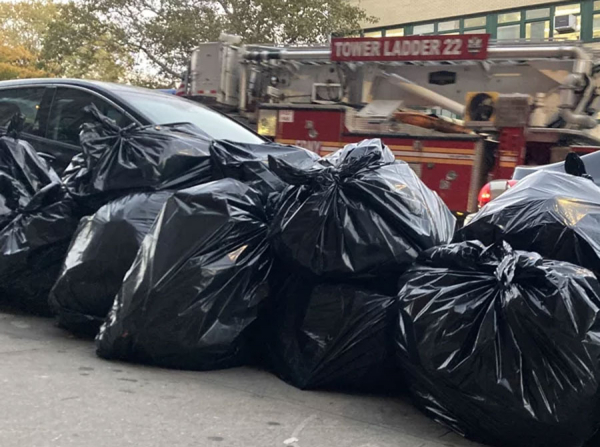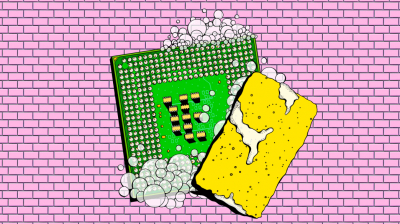Litter on the sidewalks is a problem in New York City. Officials have a not-so-new solution: plastic containers.
One recent autumn morning in the heart of Harlem, piles of plastic trash bags filled the sidewalks in front of a well-kept brownstone home. Some of the black bags were leaking a brownish-gray liquid, while others were surrounded by discarded furniture. Some had torn holes on the sides, which rats had gnawed through overnight.
This scene is not limited to specific parts of New York City; it happens in all five boroughs, from residential streets in the Bronx to the skyscraper-filled neighborhoods of Midtown Manhattan. Every evening, before the nightly trash collection, New Yorkers toss their bags onto the sidewalks for sanitation crews to pick up. Colonies of rats scurry back and forth, gnawing through the thin plastic and making themselves at home inside to feast on the contents.
After decades of this spectacle, New York City authorities have recently announced their intention to address this problem the same way many other U.S. cities have: with trash containers. New York City Mayor Eric Adams declared containerization as the next step in the "city's war on rats."
Each day, a significant portion of the 44 million pounds of New Yorkers' trash ends up on city sidewalks for collection. Decades ago, the city used Oscar the Grouch-style metal trash cans, but they were replaced with bags after a citywide sanitation workers' strike in 1968. Over the years, the city made numerous attempts to reduce the symbiotic relationship between rats and bags, from mint-scented bags to efforts to shorten exposure time, but clearing this mess proved extremely challenging.
"New York is behind" in waste containerization Jessica Tisch, the Commissioner of the New York City Department of Sanitation (DSNY), told NPR that the city is "behind schedule."
"Most cities across the country and around the world... have moved to containerization of waste," Tisch said. "And that has not happened in New York."
In August, the department began requiring food-related businesses to put all waste in containers with lids and solid walls, and in September, the rules were expanded to include larger chain companies. By March of the next year, these rules will apply to all businesses. By the fall of 2024, smaller residential buildings will join the list, and by mid-2026, their waste must go into "official New York City containers." Ultimately, Mayor Adams wants all city waste to go into containers.
As more and more trash containers are being rolled out across the city, their impact is starting to show on the ground.
Mr. T Carting, a Queens-based company among the dozens processing commercial waste in New York City, equipped its trucks with special lift arms to hoist 65-gallon wheeled containers into rear bins. Driver Christopher Albergo estimated that as more of the company's customers began using trash containers, the rat population decreased by about 60-70%.
"[There are] fewer rats, fewer roaches, and fewer larvae," he said. "The bags just fit in the truck, and we don't have to strain our backs to lift them."
However, in mid-September, not all businesses on Albergo's route had embraced the change. At most stops during the first two hours of his overnight shift, Albergo and his partner continued to toss bags into the truck's bin, as sanitation workers had done before.
DSNY conducts checks multiple times a day and sometimes shames businesses on social media that do not comply with containerization rules. A department spokesperson stated that officials issued a total of 22,313 warnings to food-related businesses and 5,561 warnings to large chain companies during the one-month grace period after each rule change. So far, the department has recorded over 2,651 violations for restaurants and 124 violations for chain businesses since the warning periods ended in September and October, respectively.







